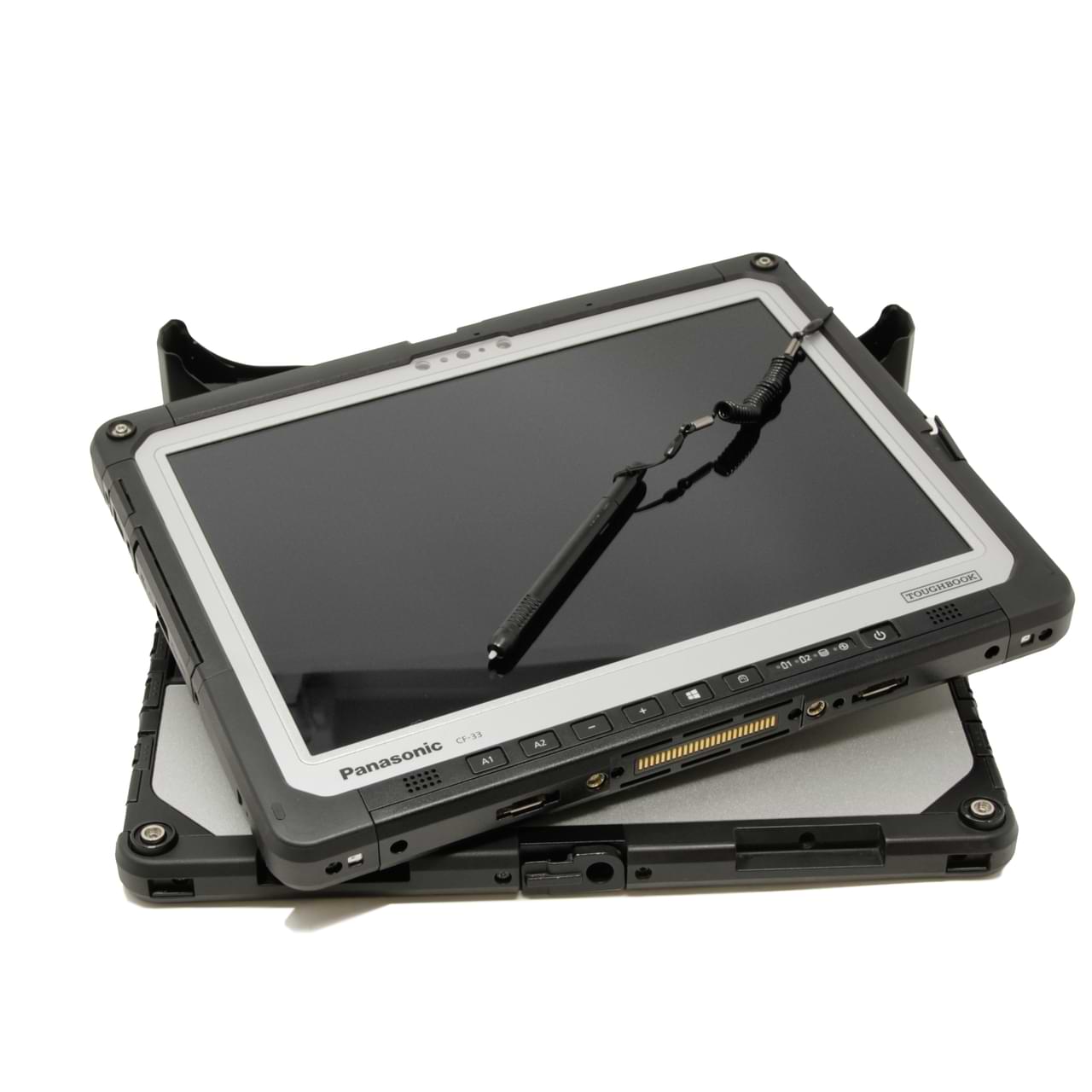What is a Nit?: Explaining Screen Brightness
Posted by Ed Lasher, Doran Janeka on 10th May 2015
Date Last Modified 8/31/2023
Have you ever been somewhere where the sunlight from a window constantly glared off the TV? Or have you ever tried using your phone outside and can't see what's on the screen? You could even have this problem with a Macbook or HP laptop. You have this problem because the screens on these devices do not have enough nits to combat the sunlight. Especially if it's direct sunlight. But what is a nit?
Nit is derived from the Latin phrase nitere, which means to shine. Today, it is widely used as a term for candela per square meter cd/m². One candela is the same thing as one candlepower for all intents and purposes.
The word “nit” is used as a unit of measurement for brightness. It's technically a measure of luminance. "Luminance" refers to the intensity of light, an objective property of nature.
"Brightness" refers to how we perceive luminance. Brightness is nonlinear and subjective, so it can't be measured. But I'm nitpicking. (Ha! Nitpicking. ... Anyone?)
So, a nit refers to luminance. The more nits, the brighter and more luminescent a screen can be.

The Amount of Nits on Everyday Devices
TV screen brightness levels can range from 100 to 2000+ nits. It all depends on the kind of TV. The average screen brightness on a TV is roughly 400-450 nits. TVs stand out because they also have to be able to emphasize both bright and dark scenes without overwhelming viewers. Since they have to cover both spectrums.
When it comes to mobile devices, the average screen brightness is between 300-400 nits. The front runners in the market currently are the iPhone 14 and 14 Max, which have a maximum brightness of 800 nits. Another good example is the Samsung Z Fold 2 comes with a maximum screen brightness of 714 nits on both displays.
Typically, consumer laptops on the market currently average around 300 nits.To name a couple, the Macbook Air comes with a maximum of 400 nits, and most of the lower-end Chromebooks by HP and others come with between 200-250 nits. If you walk outside with one of these on a sunny day, you will not be able to see anything on the screen. However, on a Toughbook, this will not be a problem for you.
Toughbook Screen Brightness
The latest fully-rugged Panasonic Toughbook FZ-40 comes with a maximum brightness of 1200 nits paired with anti-reflective screen treatment. In the semi-rugged category, the Toughbook FZ-55 can have up to 1000 nits in direct sunlight. It also comes with the anti-reflective screen treatment, but also includes an anti-glare treatment on its touchscreen models.
Hypothetically, you could take a birthday cake measuring one square meter and stick 1,200 six thousand lit candles in it. That's about how bright the latest Toughbook displays can get. Unlike this ridiculous birthday cake, a Toughbook probably won't burn your house down.
Typically, the amount of screen brightness listed on a device's specification sheet refers to the screen's brightness level at 100% brightness.
Nits Are Necessary For Mastering Outdoor Productivity
Nits play a vital role in screen brightness, affecting outdoor visibility. Unlike regular laptops with limited nits, Toughbooks excel with high luminance, ensuring clear daylight readability even in direct sunlight. Experience uninterrupted productivity and readability with Toughbooks – your ultimate outdoor companion.
If you need help picking the right rugged laptop for your line of work, fill out our selection assistance form. One of our expert technicians will take that information and pair you with the perfect laptop for you!

